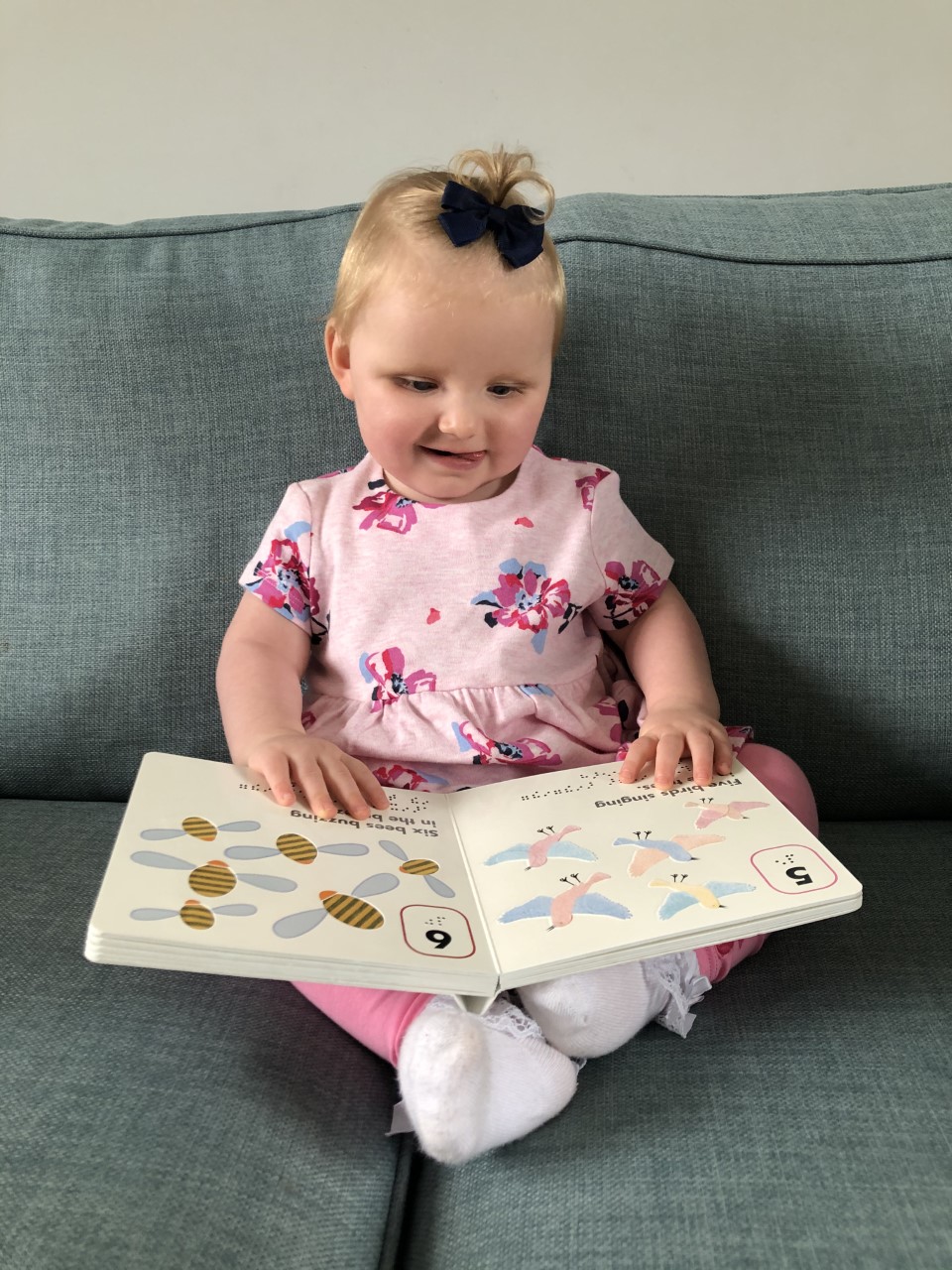05-11-2020
Understanding your baby’s visual skills

05-11-2020

You may have concerns about your baby’s vision or have recently received a diagnosis of visual impairment and are unsure how to help your baby to play and develop. Below are some of our suggestions but remember that you are the experts regarding your baby and know them the best.
You may have been allocated a Qualified Teacher of Visually Impaired children who will be able to help you get to know your baby’s vision. Qualified Teacher of Visually Impaired children will support your baby – it doesn’t begin from school age.
If you’re unsure whether your child will meet the criteria for specialist Qualified Teacher of Visually Impaired children support then you can either ask the Sensory Support Team directly through your local council website or ring our Telephone Support Line where we will be able to assist you.
Your Qualified Teacher of Visually Impaired children may introduce you to the Developmental Journal for babies and children with a visual impairment. This will enable you both to work together to monitor and stimulate your baby’s development.
Finally remember that babies have good days and bad days, good times of day and bad times of day, much like us adults do and like us adults, babies are individual to each other so try not to compare.
We have our Families First team of trained Family Practitioners who can support you through these early months and years to help you feel confident with your child’s diagnosis and future.
What am I looking for?
We have our Families First team of trained Family Practitioners who can support you through these early months and years to help you feel confident with your child’s diagnosis and future.